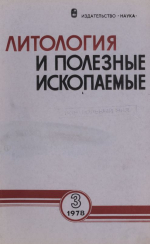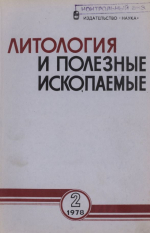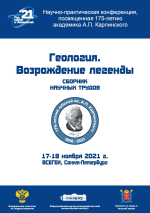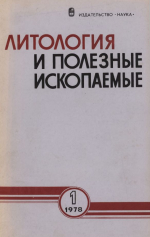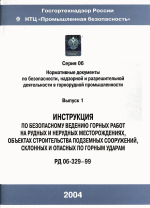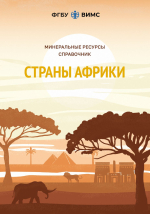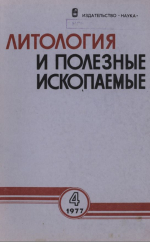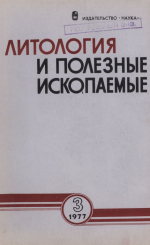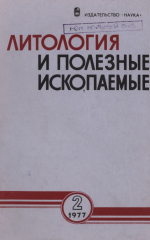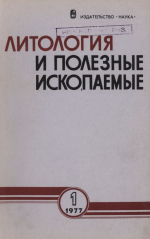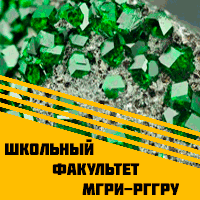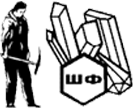Добрый день, Коллеги. Важное сообщение, просьба принять участие. Музей Ферсмана ищет помощь для реставрационных работ в помещении. Подробности по ссылке
ПОЛЕЗНОЕ ИСКОПАЕМОЕ — природное скопление минералов в земной коре, которое может быть использовано в народном хозяйстве. Скопления полезного ископаемого образуют месторождения. Выделяются группы металлических полезных ископаемых, неметаллических полезных ископаемых и горючих полезных ископаемых.
Первая представлена самородными металлами, рудами черных, цветных, редких и радиоактивных металлов, а также рудами редкоземельных элементов.
Во вторую группу полезных ископаемых входят горно-химическое сырье (различные соли, гипс, барит, сера, фосфориты, апатиты), огнеупорное, электротехническое, пьезооптическое, тепло- и звукоизоляционное, кислото- и щелочноупорное сырье, строительные материалы, драгоценные, поделочные и технические камни.
К третьей группе полезных ископаемых относятся нефть, горючий газ, каменный и бурый уголь, торф, горючие сланцы.
По физическому состоянию полезные ископаемые делятся на твердые, жидкие и газообразные.
По генезису полезные ископаемые различают осадочные, остаточные, магматические, контактово-метасоматические и метаморфические.
Понятие полезные ископаемые условно — оно изменяется в связи с изменением потребностей народного хозяйства, развитием техники добычи и переработки минер, веществ.
Требования промышленности к качеству полезных ископаемых определяются кондициями. Закономерности размещения месторождений полезных ископаемых рассматриваются в специальных разделах геологии.
- « первая
- ‹ предыдущая
- …
- 13
- 14
- 15
- 16
- 17
- 18
- 19
- 20
- 21
- …
- следующая ›
- последняя »


